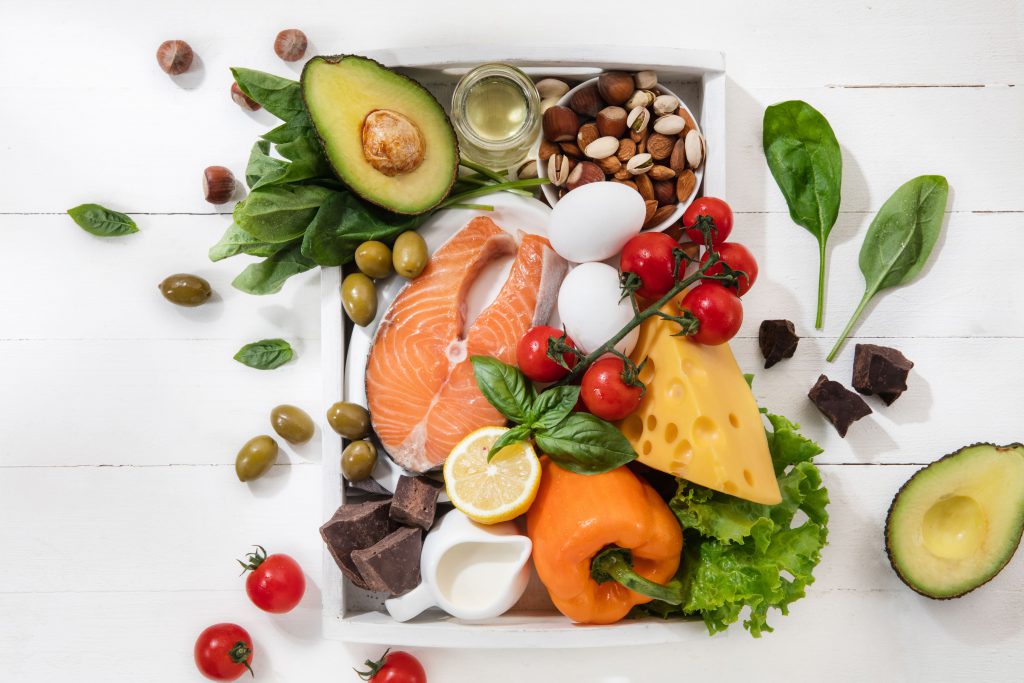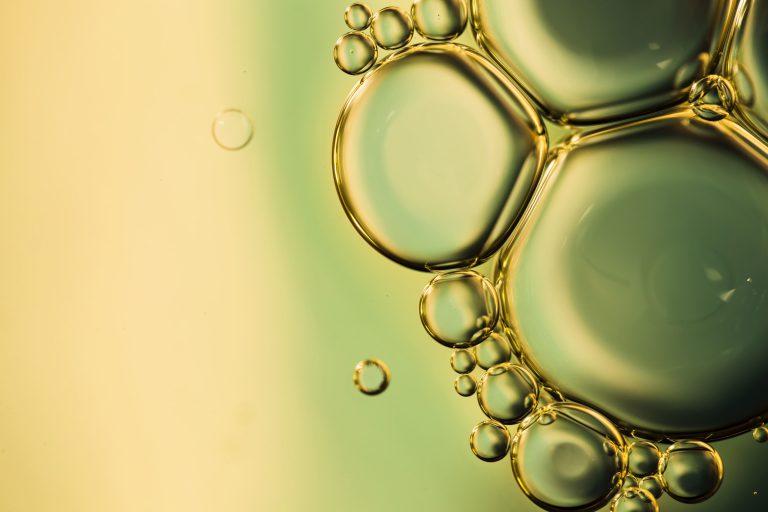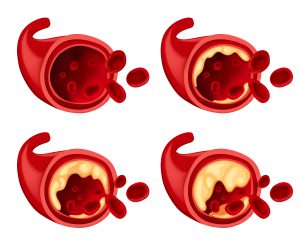
- Readers Rating
- No Rating Yet!
- Your Rating
Fat is something our body needs to function properly, but it is one of the most worrying components of food. In our Marketplace we have a wide variety of products, and when working with food, we are aware of the dangers or benefits of them. For this reason, in this mentta post we tell you about the types of fats that exist, their benefits and their negative consequences.
To begin with, our body needs fat to function and be effective. Fat can be increased through the intake of many foods, specifically vegetable oils, nuts, oily fish, cheeses… Each gram of fat contains 9 calories, so it is one of the components that provide the most calories, but equally, a diet without any type of fat would be completely unhealthy. Not all fats are bad, but it is true that their consumption must be regulated, especially in order to lose weight and maintain it, as well as to avoid type 2 diabetes.
It is true that the body needs energy to function properly, and the most energy is provided by carbohydrates, proteins and fats in food. It is especially the fats in food that contain the most energy.

What are fats?
Fats are food compounds that are absorbed by our bodies in order to function properly. They function as an important source of energy and are the main helpers in the absorption of nutrients. Although fat is necessary for the proper functioning of our body, we must keep the amount we ingest under control, as it can be dangerous to our health.
Functions of fats:
- Energetic: for each gram of fat we obtain a contribution of 9 calories, being the energy molecule par excellence.
- Reserve: it forms the fatty tissue, through which energy is stored. When there is a low carbohydrate intake, our body releases the stored lipids.
- Hormonal: there are a large number of specific hormones that are created by fats, as they are lipidic in nature.
- Insulating: fat is stored under the skin and covers the organs while acting as a thermal insulator.
- Absorption.
- Structure: lipids (such as cholesterol) are part of all cell membranes.
- Transport: There are certain lipids that act as transport within the human body.
What types of fats exist?
-
Saturated fats
Saturated fats are best known for being “unhealthy“, they contribute to an increase in bad cholesterol (LDL) and their consumption needs to be regulated. Saturated fats can be harmful because the body cannot make full use of them, therefore, in the long run they accumulate in the arteries, and this can have serious consequences. It is mainly found in foods of animal origin.
Foods with saturated fats
- Coconut
- Milk and dairy products
- Beef
- Pork
- Butter
- Chocolate
- Cheese
-
Unsaturated fats
Unsaturated fats, on the other hand, are known to be the “healthy fats” that help increase good cholesterol (HDL). They are less harmful to the body than saturated fats, but their consumption still needs to be regulated. This type of fat is predominantly found in plant foods, such as oils, avocado, seeds and nuts. The main difference between unsaturated and saturated fats is their composition and the presence of chemical double bonds in their structure.
There are two types of unsaturated fats: monounsaturated and polyunsaturated.
The main difference between the two is that while monounsaturated fats are composed of a single bond and a single double bond, polyunsaturated fats are composed of single bonds and more than one double bond. Likewise, both are related to fat that is good for health.
On the other hand, in terms of appearance, polyunsaturated fats are liquid at room temperature, while monounsaturated fats are liquid at room temperature and semi-solid when refrigerated.
Foods with unsaturated fats:
- Avocado
- Nuts and dried fruit
- Sardines
- Products made with vegetable oil
- Salmon
- Flaxseeds
3.Trans fats or hydrogenated fats
This type is the worst or the least healthy. Although trans fats are found in small portions in foods such as red meat or dairy products, they are actually generated from the hydrogenation of the oil (hence the name). That is, trans fats are artificially formed fats (in the vast majority of cases), which occur when manufacturers convert liquid oils into solid fats (by adding hydrogen atoms).
Foods with trans fats:
- Industrial pastries
- Fast food (usually)
- Appetizers and snacks
- Ready-made soups and sauces
- Pre-cooked products (croquettes, lasagne)
- Deep fried foods
- Industrial dairy ice creams
So, after reading the article, it is clear that fat consumption is necessary. When our body does not get energy from protein or carbohydrates, it tries to get it from fat reserves. Therefore fat consumption is necessary, but not the same for all types of fats. On the one hand, there are unsaturated fats that help lower blood cholesterol levels and reduce bad cholesterol (LDL). On the other hand, saturated and trans fats, or hydrogenated fats, are responsible for poor cardiovascular health, as well as the risk of plaque build-up in the arteries, which difficults blood flow as shown in the image below:

www.freepik.es
Low-fat mentta foods
References
-
Campbell, J. (Jan 16, 2023). ‘Good’ versus ‘bad’ fat: Here’s the truth between 5 types of fat found in your diet. https://www.stratfordtoday.ca/village-life/good-versus-bad-fat-heres-the-truth-between-5-types-of-fat-found-in-your-diet-6376275
- Micha, R. and D. Mozaffarian, Saturated fat and cardiometabolic risk factors, coronary heart disease, stroke, and diabetes: a fresh look at the evidence. Lipids, 2010. 45(10): p. 893-905.
- Astrup, A., The role of reducing intakes of saturated fat in the prevention of cardiovascular disease: where does the evidence stand in 2010? Am J Clin Nutr, 2011. 93(4): p. 684-8.
